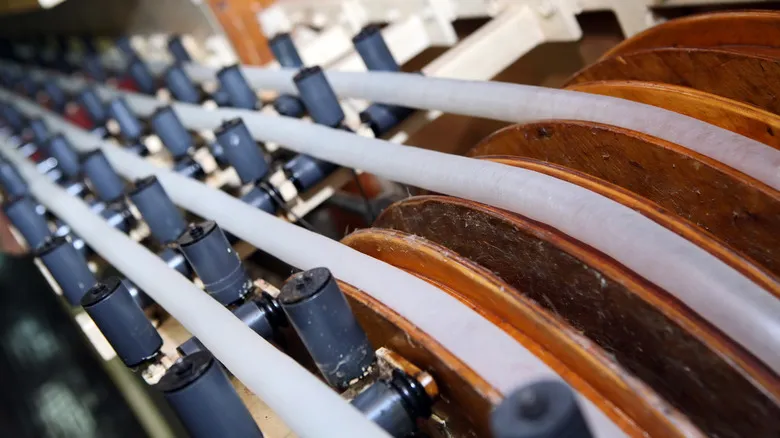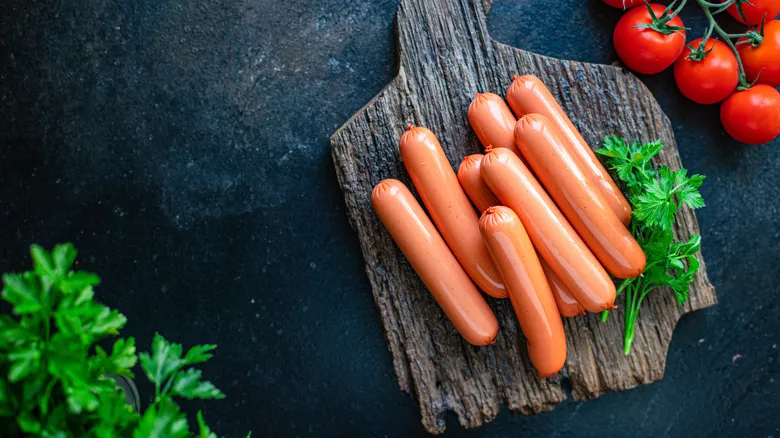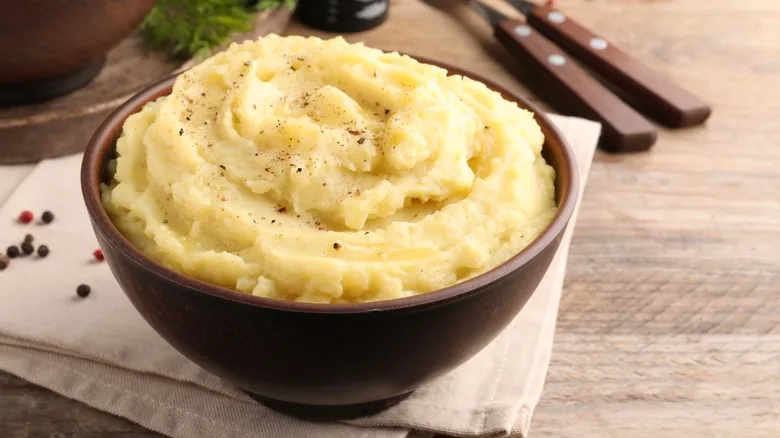What about synthetic sausage casing?

There are two main categories of synthetic casings: edible and inedible. Edible casings are usually made from collagen derived from animal hides, primarily from cows and pigs. The process involves extracting collagen from the hide, drying it, and then pressing it flat. These casings are generally less expensive to produce than natural ones and offer sausage makers more control over the size and shape of their products. However, they are sometimes considered inferior in terms of flavor. If you're trying to distinguish between the two, naturally-cased sausages tend to have more irregular shapes, as intestines vary in appearance, while synthetic sausages typically have a more uniform look.
Sausages such as bologna, salami, and pepperoni often utilize inedible synthetic casings, commonly referred to as fibrous casings. These are made from cellulose, a material sourced from wood and cotton, which is somewhat porous and allows for steaming or smoking the sausages while they are still in the casing. There's no need to worry about accidentally consuming inedible casings, as the U.S. Department of Agriculture mandates that packages clearly indicate how to remove them.
New on the market: plant-based sausage casings

For businesses producing vegan or vegetarian sausages, traditional natural and synthetic casings are clearly not an option—intestines are definitely not vegetarian, and the collagen used in edible synthetic casings is derived from animals. As a result, innovative inventors have created alternatives. A popular method for crafting plant-based casings involves using polysaccharides, a type of carbohydrate that, when combined with water and glycerin, creates a starchy casing that is entirely edible and suitable for both vegans and vegetarians.
Some companies, such as Beyond Meat, have begun utilizing alginate, a polysaccharide sourced from seaweed. Interestingly, alginate is also being adopted as a synthetic casing for meat sausages. While using a vegetarian casing for meat sausages may seem unnecessary, it turns out that producing alginate casings is more cost-effective and less labor-intensive than traditional synthetic collagen options. Additionally, it simplifies the process for halal and kosher sausage producers, as they do not have to consider the animal source of the synthetic casing.
Recommended

Freeze A Batch Of Mashed Potatoes For All Your Holiday Parties

It's Probably Far Past Time To Throw Out Your Flour

Shortening Is The Secret To Super Fluffy Homemade Frosting

The Temperature Of Your Eggs Makes A Huge Difference In Chocolate Chip Cookies
Next up

